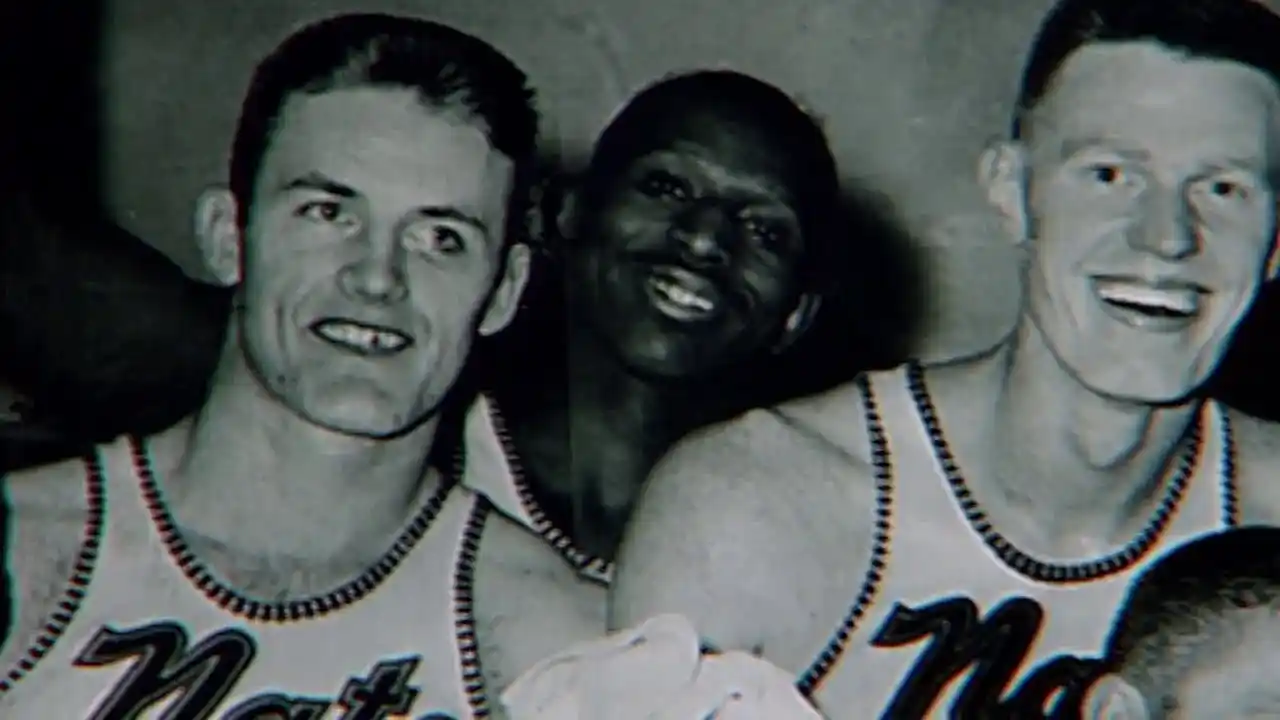Physical Address
304 North Cardinal St.
Dorchester Center, MA 02124
Physical Address
304 North Cardinal St.
Dorchester Center, MA 02124

Earl Lloyd was an American basketball player considered the first African American to play in the National Basketball Association (NBA). He was a pioneer for black athletes, and his legacy still resonates today.
Let’s take a look at his life and career and the impact he had on the game of basketball.
Earl Lloyd was born in Wilkinsburg, Pennsylvania, in 1928. He attended West Virginia State College, where he excelled at basketball. During his college career, he was named two-time All-American and three-time West Virginia Intercollegiate Athletic Conference Player of the Year. After graduating from college in 1950, Lloyd was drafted by the Washington Capitols with the 100th overall pick in the NBA draft.
At that time, only nine teams were in the NBA, and African Americans were not allowed to play. However, since a team drafted Lloyd outside of the South—where segregation laws were more prevalent—he became one of three African Americans (along with Chuck Cooper and Nat “Sweetwater” Clifton) to break into professional basketball when they debuted in October 1950.
Lloyd quickly established himself as an elite player during his rookie season, averaging 8.4 points per game while shooting 40 percent from 3-point range—an impressive feat considering that 3-pointers weren’t widely used until much later in the history of the NBA. The following year he helped lead the Syracuse Nationals to their first championship against George Mikan’s Minneapolis Lakers.
Throughout his eight-year career, Earl made four All-Star teams and averaged 10 points per game while playing for the Nationals/Philadelphia 76ers franchise until 1958, when he retired from professional basketball due to a shoulder injury.
Earl Lloyd is remembered as one of the pioneers who opened doors for African American athletes everywhere. He showed that black athletes belong in professional sports and can succeed like anyone else with hard work and dedication.
His ability to excel on and off the court set an example for others who have followed in his footsteps throughout history. His impact continues today; many current players recognize him as a role model and cite him as an inspiration for their careers.
The NBA has long been considered a leader in promoting racial diversity, and this statistic is a testament to that commitment. Approximately 71.8% of NBA players are black, according to a 2022 report from Statista. This statistic is significant because it means that the league is currently made up of a higher percentage of black players than any other professional sport in the United States.
While the number of black players in the league has fluctuated over the years, the overall trend has been positive, with the percentage of black players steadily increasing since the early 2000s. The report also found that approximately 22% of NBA players are Latino, making it the second-most represented group in the league.
Interestingly, the percentage of white players in the NBA has remained relatively static over the past decade, hovering around 14%. This data indicates that the NBA is becoming increasingly diverse, which is likely to positively impact its popularity and appeal.
The Boston Celtics were the first NBA team to start five black players. This milestone occurred on December 26th, 1964, when the Celtics took on the St. Louis Hawks. The starting lineup for that game consisted of Bill Russell, Sam Jones, K.C. Jones, Willie Naulls, and Tom Sanders.
Earl Lloyd’s story is one of courage, determination, hard work, and success despite difficult times; it is truly inspiring. His legacy lives on through those who continue to strive for greatness on both personal and professional levels despite various obstacles they may face along their journey’s path.